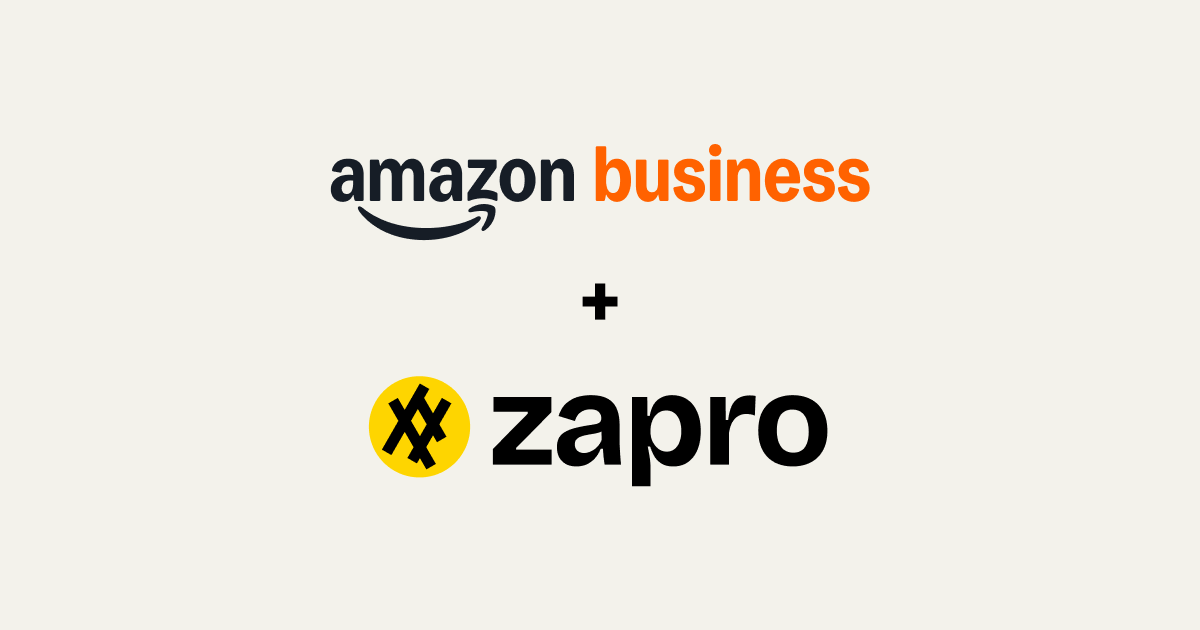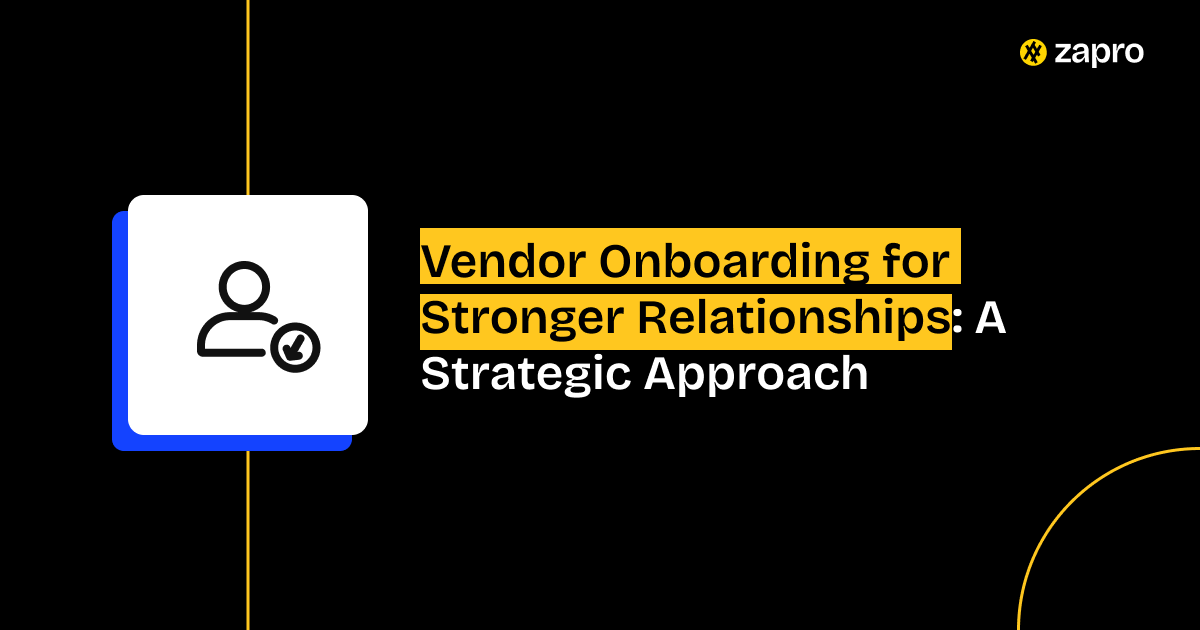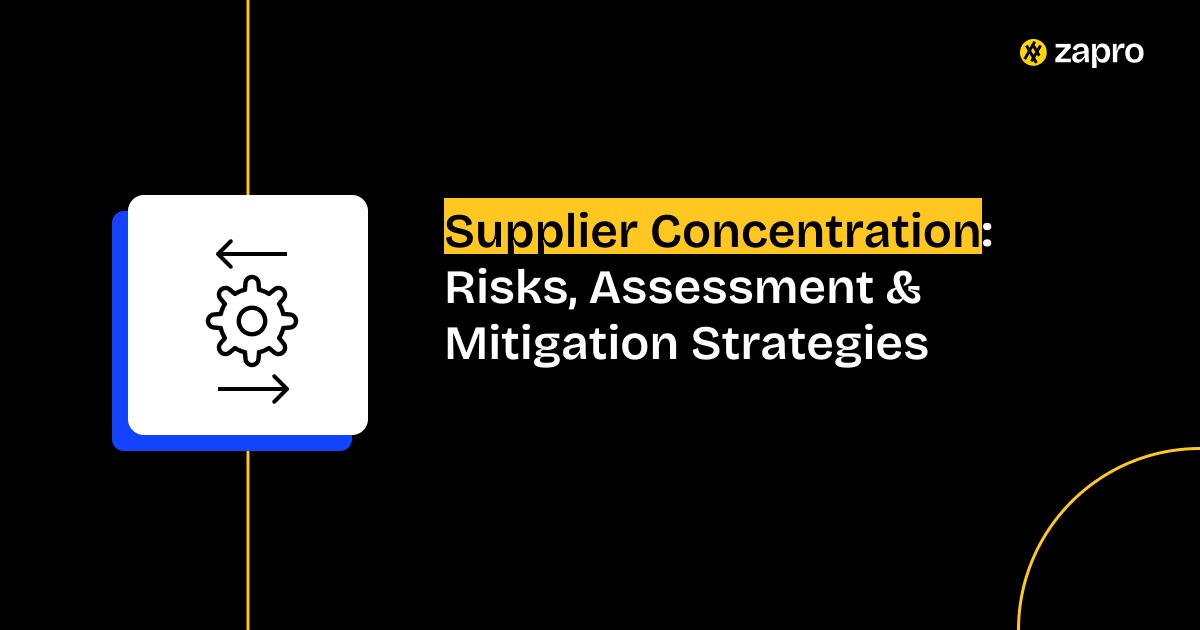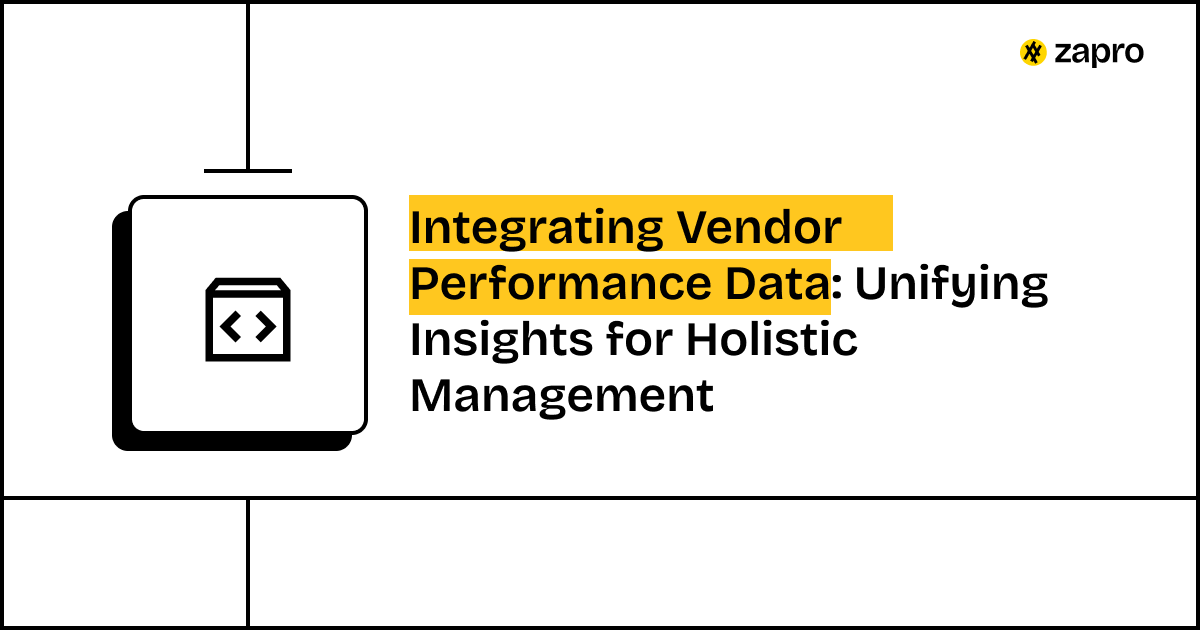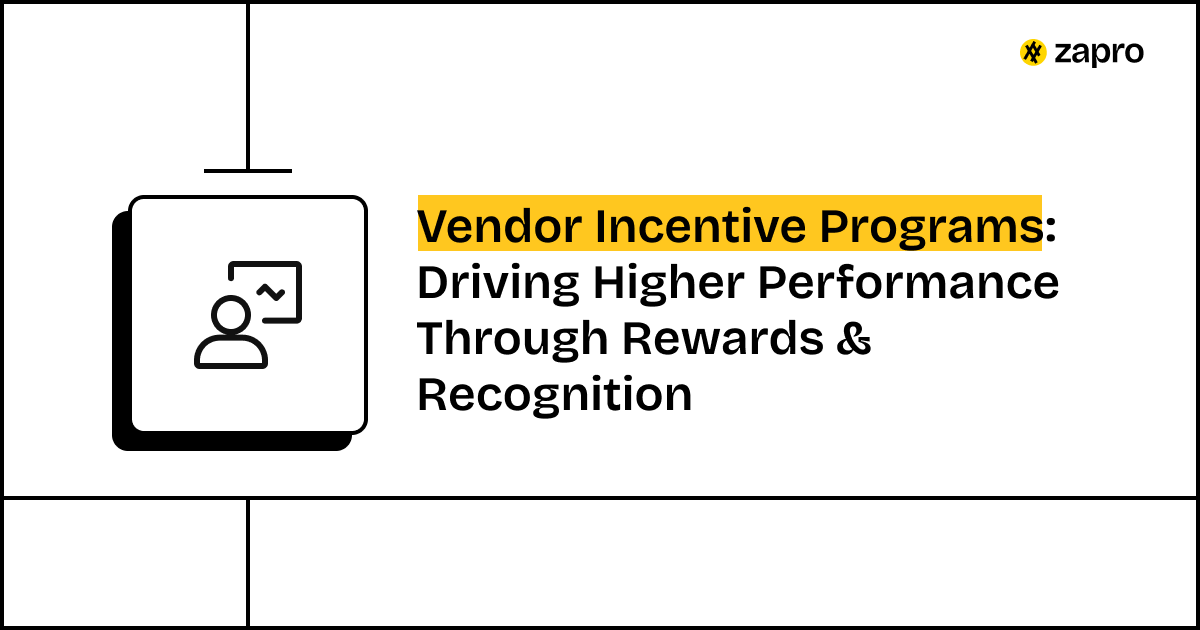Onboarding a new supplier can be a humongous task like searching the needle in a hay stack. It’s seen as a necessary evil, a mere administrative obstacle to clear before the real work starts. This perspective is a huge mistake.
Vendor onboarding is not just compliance paperwork. It is all about welcoming a new alliance who would work with you and grow your business. Therefore, handle it assertively, and provide the new vendor with the sense of success, regulation adherence, and build a resilient supply chain. If it is done poorly, it creates inadequacies that can haunt the relationship for years, introducing hazards and dangers to your operations.
In this blog post, we will walk you through the stairs on how to transform this process painlessly into a powerful foundation for long term success.
Beyond Paperwork: The Strategic Value of Vendor Onboarding
Why First Impressions Matter in Vendor Relationships
The period we call the first 90 days vendor relationship management is incredibly formative. This is when your new partner forms their core impression of your company. If the setup process is disorganized, slow, or constantly requires chasing documents, they will comprehend your business as difficult to work with. This immediately hinders the potential for supplier integration process excellence.
A smooth, welcoming start, subsequently, signals respect and professionalism. It establishes that your company values efficiency and collaboration, making the supplier eager to contribute to your success.
The Hidden Costs of Poor Onboarding
The hazards of a bad process are often overlooked because they are indirect. They are not mere invoice errors; they are structural issues.
A fragmented onboarding process leads to:
- Compliance Hazards: Missing financial details can jeopardize security and expose your company to regulation penalties.
- Operational Drag: Delays in granting system access or clarifying protocols mean the vendor cannot start work without any delay. This impacts project timelines and service delivery.
- Wasted Effort: Time-consuming paper work and a team that’s following up to have it completed or trying to fix the errors in it.
Onboarding should be done quickly and effortlessly. Having it done in days, delays everything right from the start.

Many fail to understand that the decision to renew is made in the first 90 days of the post-sale journey, making onboarding success a leading indicator of the future health of that customer relationship.
Key Pillars of a Strategic Vendor Onboarding Process
A strategic vendor onboarding must balance three essential needs to be outstanding.
Compliance and Risk Mitigation (Legal, Financial, Security)
This is the most important aspect of all. This is where you painstakingly verify tax IDs, secure signed contracts, validate bank accounts to steer clear of fraud, and confirm adherence to data security policies. You must have systems in place that allow you to comprehend your compliance posture at a glance.
Operational Efficiency and Integration
The new vendor never finds it confusing or difficult to work with your internal systems. This includes granting secure access to procurement platforms, connecting data for automated invoicing, and ensuring the supplier integration process is seamless supplier setup. Technology is crucial here to avoid manual inadequacies.
Relationship Building and Expectation Setting
This is where the magic happens. A formal orientation, a clear explanation of your values, and the introduction of key internal partners turns a transactional event into a collaborative one. This strategic vendor onboarding focuses on the people, not just the forms.
Learn about vendor management software.
A Step-by-Step Guide to Strategic Vendor Onboarding
The aim is to put in place a well-organized and intentional seamless supplier setup.
1. Pre Onboarding: Due Diligence and Selection Reinforcement
Before the supplier signs anything, reinforce why they were chosen. Briefly reiterate the expected benefits they bring to your organization. Complete your final legal and financial due diligence. This pre-work makes the subsequent steps hassle free.
2. Formal Welcome and Orientation: Setting the Tone
Send a formal welcome package – include a digital orientation guide, a video message from a senior leader, and a clear, simple map of the entire onboarding journey. Set a positive tone for the first 90 days vendor relationship.
3. Legal and Contractual Setup: Streamlining Documentation
It’s the digital age, so while preparing contracts and agreements, make use of the tools. Make sure the process is well understood by the vendor and easy for them to go about signing and submitting documentation in a breeze. Again, ensure that all vendor documents are instantaneously secured in a centralized repository.
4. Technical Integration and System Access
Grant secure system access without any delay. If the vendor needs to use your portal for invoicing or project management, provide the credentials and a quick training module immediately after contract execution. This ensures rapid growth side by side.
5. Communication Protocols and Relationship Manager Introduction
Every vendor is important to your business, so assign a dedicated Relationship Manager who will work with them and act as the primary internal point of contact. A well-informed vendor has a clear understanding of communication protocols: where to submit invoices, who to contact for technical issues, and how frequently formal meetings will occur.
6. Initial Performance Goals and Feedback Loop Establishment
Clearly explain the first 90 days vendor relationship goals that are measurable. In order to guarantee success, ensure follow up meetings happen as per schedule. These meetings should predominantly discuss early performance and soliciting feedback from the vendor on the onboarding process itself.
Transform vendor onboarding into competitive advantage.

Leveraging Technology for a Seamless Onboarding Experience
The driving force behind vendor enablement best practices is the latest technology.
Automated Workflows and Digital Document Management
Automated workflows ensure every step is completed in the correct order, protecting compliance. Digital management makes document collection effortlessly simple and eliminates the bizarre inadequacies of manual filing.
Centralized Vendor Portals for Self Service Information
A secure portal acts as a single pane of glass for the vendor. They can check their payment status, update contact information, submit compliance certificates, and access training materials side by side without any delay. This provides a fabulous user experience.
Integrated Systems for Data Sync and Access Management
Your procurement platform must connect effortlessly with your ERP and finance systems to ensure data consistency and secure user access across the organization’s multiple systems. Data synchronization automation makes sure that once a vendor is approved, they receive the payments without any delay.
Training and Resource Provisioning
The portal should contain all necessary resources: quick start guides, security requirement documents, and contact information. Making resources instantly available advantageously simplifies the supplier integration process.
Best Practices for Relationship Focused Onboarding
These simple actions ensure your strategic vendor onboarding builds genuine goodwill.
1. Clear Communication of Your Company Culture and Values
A strong communication culture promotes clarity, collaboration, and trust with suppliers, ensuring that messages are effectively conveyed and understood. This would motivate the supplier to stick on to your values and stay committed in the partnership.
2. Introducing Key Internal Stakeholders
Don’t just introduce the Relationship Manager. Introduce the key people the vendor will work with in finance, operations, and IT. This collaborative approach makes the partnership feel personal and incredible.
3. Soliciting Early Feedback from New Vendors
Ask the vendor how your process was for them. This shows respect for their time and helps you identify inadequacies in your workflow, enabling subsequent outstanding improvements.
4. Providing Resources for Vendor Success
Offer access to internal training materials or market intelligence that helps the vendor comprehend your challenges. Helping them succeed is advantageously helping yourself.
Learn about vendor management strategy.
Measuring Onboarding Success and Vendor Satisfaction
Measuring the outcome helps improve it. These vendor enablement best practices include measurement.
Time to Onboard Metrics
Track the average time from initial selection decision to seamless supplier setup completion. Rapid growth demands that this process happens in a breeze.
Early Performance Indicators
Monitor performance during the first 90 days vendor relationship. Low defect rates, high on time delivery, and strong communication adherence are all outstanding signs of success.
Vendor Feedback Surveys
Use short, simple vendor satisfaction surveys to capture qualitative data on the onboarding experience to significantly improve business relationships with vendors. Probe with questions on clarity, efficiency, and communication to ensure effective delivery and capture insights to improve it.
Conclusion: Onboarding for Lasting Partnerships
Vendor onboarding is an incredible opportunity that is rare to find once the relationship is established. By treating it as a strategic vendor onboarding initiative, focused on compliance, efficiency, and personal connection, you transform what was a frustrating, high-risk activity into a foundation for outstanding success.A smooth, hassle-free start to the supplier integration process signals trust and prepares the ground for rapid growthside by side. Leverage technology to achieve a seamless supplier setupin a breeze, and you will secure long term vendor negotiationadvantageously.

Smart onboarding = Stronger partnerships from day one.
Automate vendor onboarding, ensure compliance, and accelerate time-to-value with Zapro. Get started now.
FAQ
1. What is vendor onboarding and why is it important?
Vendor onboarding is the systematic process of integrating new suppliers into your organization’s procurement ecosystem, encompassing documentation collection, compliance verification, system setup, and relationship establishment. It’s critical because poor onboarding creates operational friction, compliance risks, and delayed value realization. Effective onboarding reduces time-to-productivity by 40-60%, establishes clear expectations from day one, and builds foundation for long-term collaboration. It ensures vendors understand your processes, quality standards, communication protocols, and business objectives. Strong onboarding also minimizes risk by verifying credentials, insurance, certifications, and regulatory compliance before transactions begin. Organizations with structured onboarding programs experience fewer disputes, better vendor performance, and stronger strategic partnerships.
2. How long does the vendor onboarding process typically take?
Vendor onboarding duration varies from 2-3 days for simple suppliers to 8-12 weeks for complex strategic partners. Low-risk, transactional vendors with minimal compliance requirements can be onboarded within 48-72 hours using automated workflows. Mid-tier suppliers typically require 2-4 weeks for documentation review, compliance checks, and system integration. Enterprise-level strategic partners need 6-12 weeks due to extensive due diligence, contract negotiations, integration complexity, and multi-stakeholder approval processes. Factors affecting timeline include industry regulations, international operations, technical integration requirements, and internal approval hierarchies. Automation can reduce onboarding time by 50-70% while improving accuracy and compliance adherence.
3. What documents are required for vendor onboarding?
Essential onboarding documents include business registration certificates, tax identification numbers (W-9 or equivalent), certificate of insurance with adequate liability coverage, and banking details for payment setup. Compliance documentation requires industry-specific licenses, quality certifications (ISO, SOC 2), financial statements for creditworthiness assessment, and references from existing clients. Risk management necessitates cybersecurity attestations, data privacy policies, background check authorizations, and conflict of interest disclosures. Operational documents include service level agreements (SLAs), pricing schedules, product catalogs, contact directories, and escalation procedures. International vendors need additional documentation like export licenses, foreign registration certificates, and currency exchange agreements. Maintain a centralized repository with version control and expiration tracking.
4. How can you streamline the vendor onboarding process?
Implement vendor self-service portals where suppliers complete profiles, upload documents, and track approval status independently, reducing administrative burden by 60-80%. Standardize requirements using tiered onboarding workflows based on vendor risk classification—simple vs. complex paths. Leverage automation for document verification, duplicate detection, compliance screening, and approval routing to eliminate manual handoffs. Create pre-approved templates for contracts, NDAs, and service agreements to accelerate negotiations. Integrate onboarding platforms with procurement, ERP, and payment systems for seamless data flow. Establish clear timelines with milestone notifications keeping both parties accountable. Use digital signatures, automated reminders, and real-time dashboards to maintain momentum and visibility throughout the process.
5. What are common vendor onboarding mistakes to avoid?
The biggest mistake is treating onboarding as purely administrative rather than strategic relationship foundation. Organizations fail by using inconsistent processes across departments, creating vendor confusion and compliance gaps. Inadequate due diligence on financial stability, reputation, and security practices leads to partnership failures and breaches. Overcomplicating requirements with unnecessary documentation burdens small vendors disproportionately and delays value delivery. Poor communication creates frustration—vendors need clear expectations, timelines, and designated contacts. Neglecting post-onboarding enablement like training, system access, and relationship kick-offs results in slow ramp-up and misaligned expectations. Finally, failing to continuously update vendor information creates compliance risks as certifications expire, insurance lapses, or ownership changes occur undetected.
Don’t miss our weekly updates
We’ll email you 1-3 times per week—and never share your information.
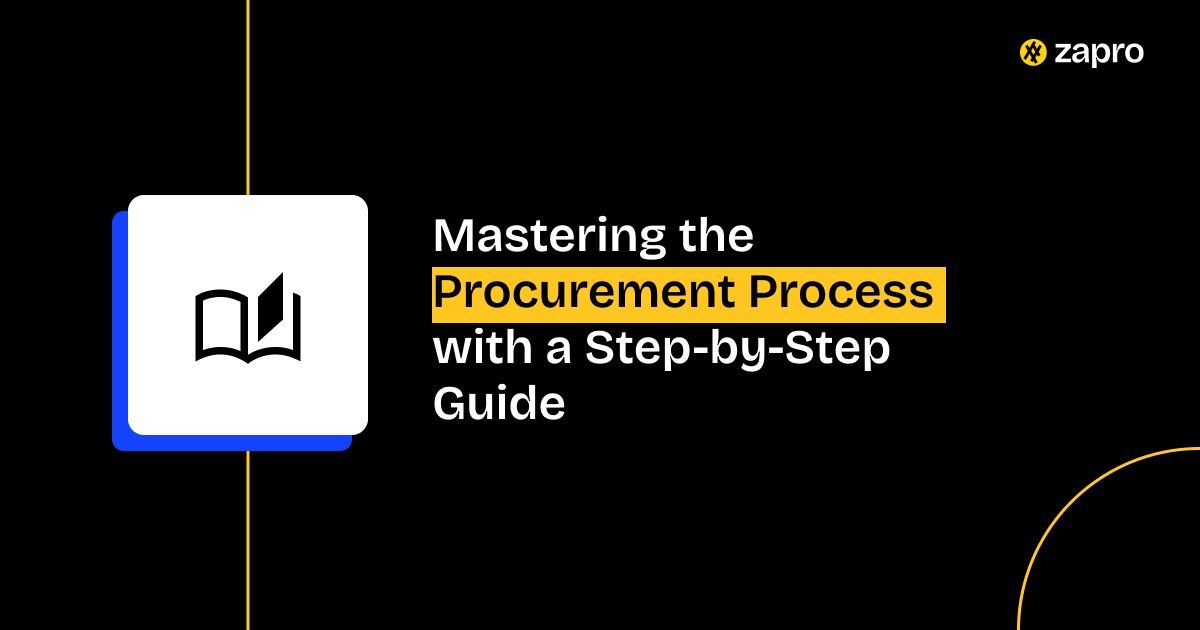
 Healthcare
Healthcare Financial Services
Financial Services Technology
Technology Venture Capitalist
Venture Capitalist Chief Procurement Officer
Chief Procurement Officer Chief Financial Officer
Chief Financial Officer